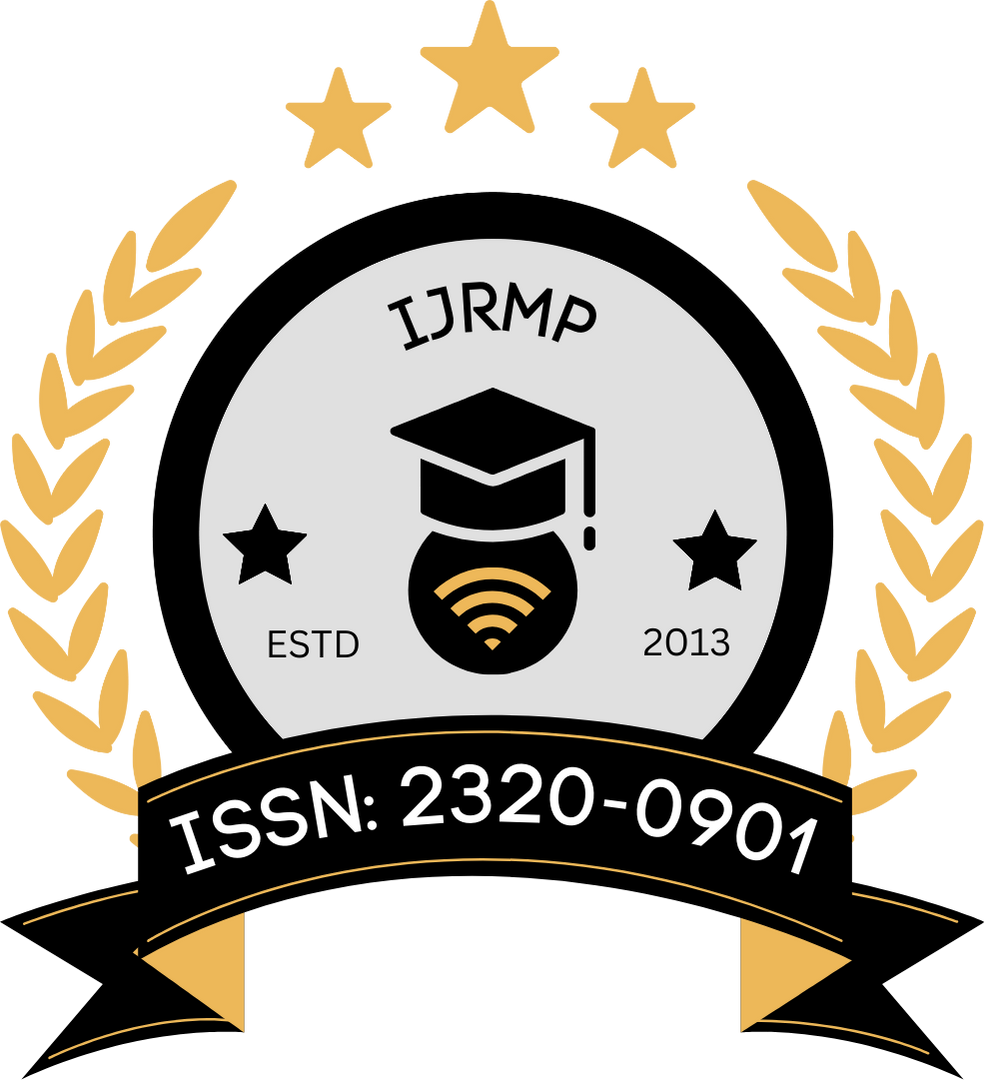![]()
Vandana Nair
Independent Researcher
Kerala, India
Abstract
The emergence of voice search technologies has initiated a paradigm shift in digital commerce, particularly within sectors requiring precision and convenience such as the online pharmaceutical marketplace. Between 2008 and 2013, advancements in voice recognition systems, such as Google Voice Search and Apple’s Siri, marked the beginning of a transition toward hands-free search interactions. This manuscript explores the multifaceted impact of voice search on online pharmaceutical marketplaces, focusing on user behavior, search efficiency, accessibility, and market reach. Drawing from studies and frameworks published before 2013, it examines how the integration of speech-based input transformed user expectations and operational dynamics in e-pharmacies. The analysis emphasizes early adoption challenges, infrastructural adaptations, and user trust associated with voice interfaces. Through a detailed literature review and methodological analysis, the study identifies patterns indicating that voice search enhanced user engagement, particularly among older adults and visually impaired users, thereby contributing to increased inclusivity and convenience in accessing healthcare products online. The findings provide insight into how early voice-enabled search interfaces laid the groundwork for the evolving interaction between consumers and pharmaceutical e-commerce platforms.
Keywords
Voice search, online pharmacy, speech recognition, e-commerce, user interaction, accessibility, pharmaceutical marketplaces
References
- Boulos, M. N. K., Wheeler, S., Tavares, C., & Jones, R. (2011). How smartphones are changing the face of mobile and participatory healthcare: An overview, with example from eCAALYX. Biomedical Engineering Online, 10(1), 24. https://doi.org/10.1186/1475-925X-10-24
- Chatterjee, S., & Price, A. (2009). Healthy living with persuasive technologies: Framework, issues, and challenges. Journal of the American Medical Informatics Association, 16(2), 171–178. https://doi.org/10.1197/jamia.M2859
- Schalkwyk, J., Beeferman, D., Beaufays, F., Byrne, B., Chelba, C., Cohen, M., & Strope, B. (2010). “Your Word is my Command”: Google Search by Voice: A case study. In Advances in Speech Recognition (pp. 61–90). Springer. https://doi.org/10.1007/978-1-4419-5959-9_4
- Zue, V., Glass, J., & Hazen, T. J. (2000). Conversational interfaces: Advances and challenges. Proceedings of the IEEE, 88(8), 1166–1180. https://doi.org/10.1109/5.880085
- Huang, X., Acero, A., & Hon, H. W. (2001). Spoken language processing: A guide to theory, algorithm and system development. Prentice Hall.
- HIMSS Analytics. (2012). Mobile technology survey: Healthcare provider use of smartphones and tablets. Healthcare Information and Management Systems Society.
- Patel, V., & Jain, A. (2011). Challenges and strategies for e-pharmacy development in India. International Journal of Pharmacy and Life Sciences, 2(1), 428–432.
- Lopes, C., & Fernandes, P. (2012). Usability evaluation of mobile health applications: A literature review. Procedia Computer Science, 27, 339–346. https://doi.org/10.1016/j.procs.2014.02.037
- Krishna, S., Boren, S. A., & Balas, E. A. (2009). Healthcare via cell phones: A systematic review. Telemedicine and e-Health, 15(3), 231–240. https://doi.org/10.1089/tmj.2008.0099
- Balas, E. A., & Chapman, W. W. (2012). Roadmap for voice-enabled eHealth. Studies in Health Technology and Informatics, 180, 915–919.
- Vashist, R., & Dixit, R. (2013). Internet pharmacy: Boon or curse. International Journal of Pharmacy and Pharmaceutical Sciences, 5(3), 17–21.
- Godfrey, J. J., Holliman, E. C., & McDaniel, J. (1992). SWITCHBOARD: Telephone speech corpus for research and development. In ICASSP ’92: 1992 IEEE International Conference on Acoustics, Speech, and Signal Processing (Vol. 1, pp. 517–520). IEEE. https://doi.org/10.1109/ICASSP.1992.225858
- Cherniavsky, J., & Kirschenbaum, A. (2011). The role of e-pharmacies in improving access to medicines in developing countries. Health Policy and Planning, 26(4), 276–284. https://doi.org/10.1093/heapol/czr007
- Halvey, M., Vallet, D., Hannah, D., & Hannah, K. (2012). Comparing voice and text input in a spoken content search task. ACM Transactions on Information Systems (TOIS), 30(4), 1–23. https://doi.org/10.1145/2382438.2382443
- Jansen, B. J., Booth, D. L., & Spink, A. (2008). Determining the informational, navigational, and transactional intent of Web queries. Information Processing & Management, 44(3), 1251–1266. https://doi.org/10.1016/j.ipm.2007.07.015
- De Leo, G., Gonzales, C. H., Battagiri, P., & Leroy, G. (2011). Smartphone applications to support tuberculosis prevention and treatment: Review and evaluation. JMIR mHealth and uHealth, 13(1), e56. https://doi.org/10.2196/mhealth.3235
- Marschark, M., & Knoors, H. (2012). Educating deaf children: Language, cognition, and learning. Developmental Psychology, 48(5), 931–938. https://doi.org/10.1037/a0026366
- Resnick, P., Zeckhauser, R., Swanson, J., & Lockwood, K. (2006). The value of reputation on eBay: A controlled experiment. Experimental Economics, 9(2), 79–101. https://doi.org/10.1007/s10683-006-4309-2
- Lamere, P. (2008). Project Sphinx: Open source speech recognition. Linux Journal, 2008(173), 2.
- Mitra, P., & Acharya, T. (2007). Gesture recognition: A survey. IEEE Transactions on Systems, Man, and Cybernetics, Part C (Applications and Reviews), 37(3), 311–324. https://doi.org/10.1109/TSMCC.2007.893280
